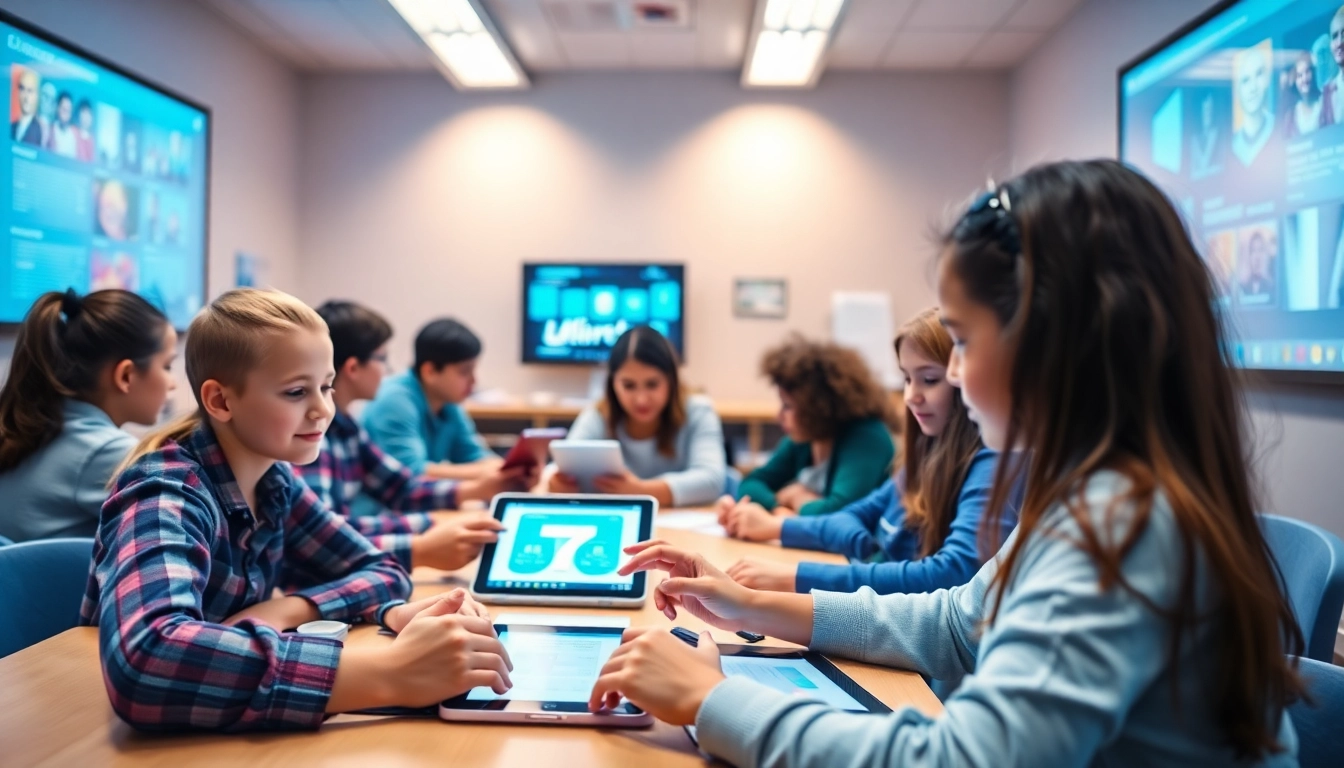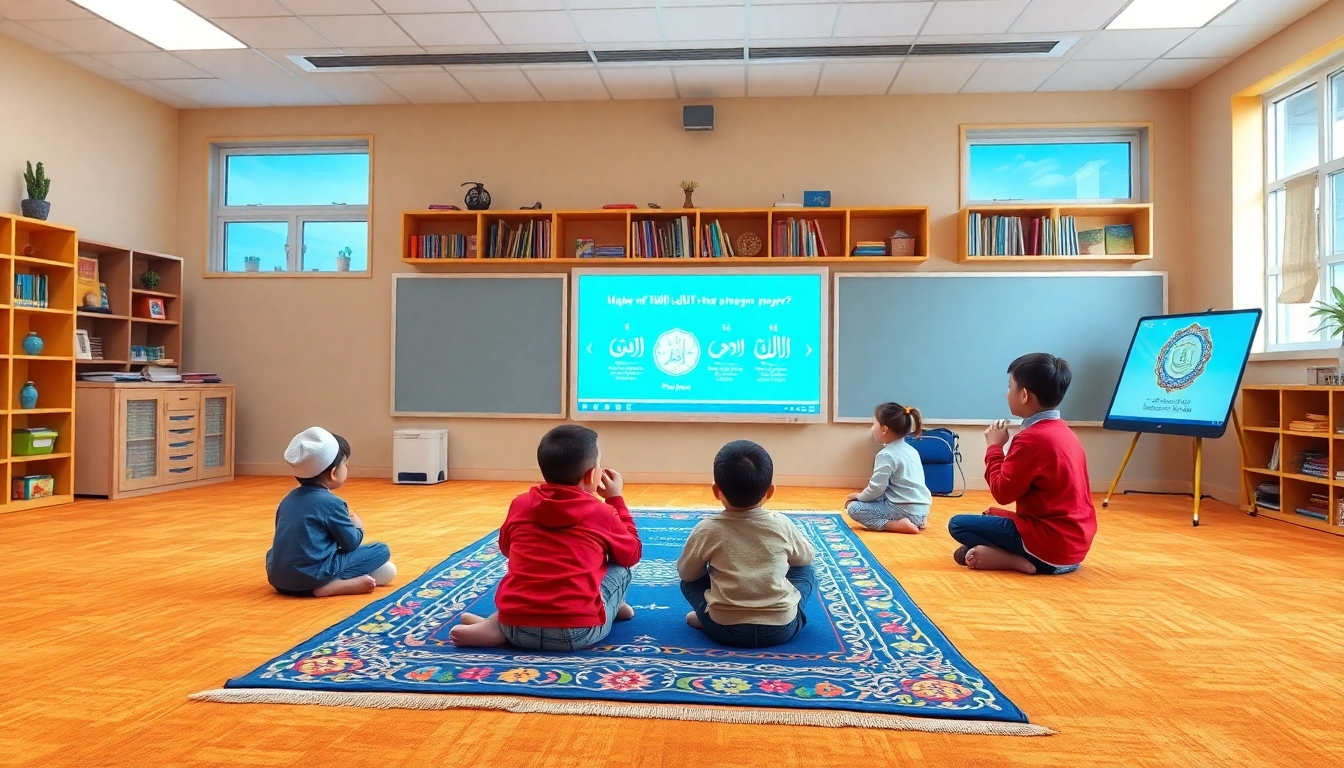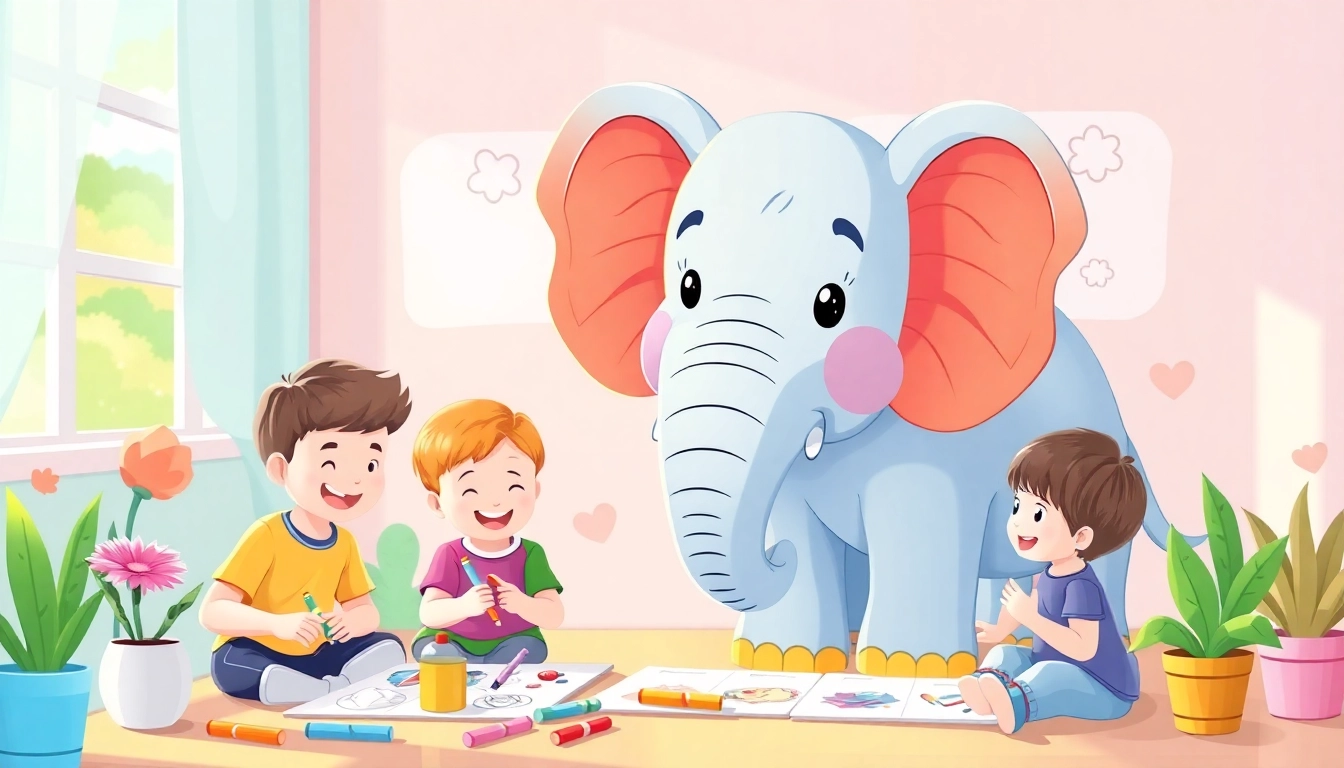Understanding Interactive Learning Content and Its Benefits
What is Interactive Learning Content and How It Enhances Engagement
Interactive learning content refers to digital educational materials designed to actively engage learners through participatory activities. Unlike passive consumption of information, such as reading or watching videos, these elements foster a two-way interaction between the learner and the content. Examples include quizzes, simulations, drag-and-drop exercises, scenario-based activities, and branching scenarios. Incorporating interactive elements transforms traditional lessons into dynamic experiences, catering to various learning styles—visual, auditory, kinesthetic—and significantly boosting engagement.
This approach not only captures attention but also encourages learners to take ownership of their learning process. For instance, a well-designed simulation can help learners practice real-world skills safely and effectively, making the knowledge more meaningful and memorable. As highlighted in recent studies, active participation through interactive content can increase comprehension and retention rates, ultimately leading to improved educational outcomes.
For educators and content creators aiming to deliver impactful lessons efficiently, exploring tools like interactive learning content platforms simplifies the process. These tools enable rapid development of personalized, scalable content that maintains a learner-centric focus, ensuring each student’s unique needs are addressed without overburdening the instructor.
Key Advantages of Personalized Content in Modern Education
Personalization has become a cornerstone of effective education. Customized content adapts to learners’ individual pace, preferences, and skill levels, creating a more responsive and motivating environment. When learners receive tailored lessons, they experience increased engagement because the material resonates more closely with their interests and prior knowledge.
Advantages include improved motivation, higher completion rates, and better skill retention. For example, adaptive assessments can identify specific gaps in knowledge and provide focused remedial activities, accelerating learning progress. Moreover, personalized content supports diverse learning styles—visual learners benefit from infographics; auditory learners prefer podcasts or discussions; kinesthetic learners excel with hands-on activities embedded within the digital content.
Modern educational tools like Mexty empower educators to craft such personalized experiences at scale, ensuring that every student receives the right support, ultimately fostering inclusivity and reducing dropout rates.
Examples of Effective Interactive Content in Various Learning Environments
Across different settings—from K-12 classrooms to corporate training—interactive content manifests in various impactful forms:
- Educational institutions: Interactive quizzes that adapt to student responses, virtual labs allowing hands-on experimentation, and storytelling scenarios that promote critical thinking.
- Corporate training: Scenario-based simulations that depict real workplace challenges, gamified modules encouraging healthy competition, and interactive videos with embedded questions to reinforce learning.
- Online courses: Drag-and-drop exercises for language learning, branched decision paths in compliance modules, and virtual reality environments for immersive experiences.
For example, a language teacher might incorporate interactive hotspots within videos to highlight vocabulary, while a corporate trainer could use gamified assessments to reinforce product knowledge. The versatility of interactive content allows educators to tailor their approach based on specific learning objectives and audience needs.
Best Practices for Creating Impactful Interactive Learning Content
Design Principles for Engaging Digital Lessons and Quizzes
Creating engaging digital lessons demands adherence to key design principles:
- Simplicity: Maintain a clear, uncluttered interface that emphasizes core learning goals. Overloading learners with too many elements can cause confusion.
- Interactivity: Incorporate activities that require active participation—such as quizzes, drag-and-drop tasks, or matching exercises—to foster engagement.
- Feedback: Provide immediate, constructive feedback for responses to reinforce learning and correct misconceptions.
- Consistency: Use uniform design elements and consistent navigation to reduce cognitive load and help learners focus on content.
- Accessibility: Design for diverse learners, including those with disabilities, by integrating features like screen reader compatibility and adjustable fonts.
Platforms like Mexty facilitate the implementation of these principles, enabling rapid development of polished, student-centered content aligned with best practices.
Tools and Platforms for Streamlining Content Creation at Scale
Developing impactful interactive content has been vastly simplified with innovative platforms that support no-code or low-code approaches. Tools such as Genially, H5P, Interacty, and YouLearn AI provide templates and drag-and-drop interfaces to create engaging experiences quickly. Mexty, in particular, combines these functionalities, allowing educators to design SCORM-compliant, personalized lessons, quizzes, and assessments in minutes.
Such tools support collaboration, enabling teams to remix existing content, co-create new lessons, and share best practices within a vibrant community. This scalability ensures that educators can deliver consistent quality while minimizing workload, making personalized learning accessible at institutional or enterprise levels.
Integrating Multimedia and User Interaction for Maximum Retention
Multimedia elements—videos, audio, images, animations—are critical in enhancing engagement and catering to different learning styles. When combined with interactive features, they create multisensory experiences that boost retention. For instance, embedding quiz questions within a video keeps learners actively involved, reducing fatigue and encouraging sustained attention.
Effective integration requires thoughtful alignment: multimedia should support the learning objectives, not distract from them. Using tools like Mexty makes it straightforward to incorporate multimedia elements into lessons, enabling educators to craft immersive and impactful experiences that reinforce understanding and stimulate curiosity.
Strategies to Implement and Measure Success in Interactive Learning
Step-by-Step Guide to Developing Custom Content with Mexty
- Define Learning Objectives: Clarify what learners should achieve by the end of the module.
- Assess Learner Needs: Gather data on prior knowledge, preferences, and potential barriers.
- Design Content Outline: Map out lessons, activities, and assessments aligned with goals.
- Utilize Mexty’s Tools: Use its intuitive interface to create personalized lessons, quizzes, and interactive modules rapidly.
- Test and Refine: Pilot the content with a sample audience, gather feedback, and make iterative improvements.
- Deploy and Monitor: Launch the content to learners and track engagement and progress.
This process leverages Mexty’s capacity to streamline development, allowing educators to shift focus from technical challenges to content quality.
Assessing Learner Engagement and Learning Outcomes Effectively
Quantifying success requires a combination of quantitative and qualitative metrics:
- Engagement analytics—time spent, interaction frequency, and completion rates.
- Formative assessments—ongoing quizzes and activities to gauge understanding.
- Summative assessments—final tests or projects to measure mastery.
- Feedback surveys—gathering learner insights on usability and perceived value.
platforms like Mexty provide built-in analytics dashboards to help educators interpret these data points effectively, facilitating data-driven improvements.
Overcoming Challenges and Scaling Interactive Content
Addressing Common Barriers in Digital Content Development
Some common hurdles include limited technical skills, time constraints, and budget limitations. Solutions involve leveraging user-friendly, template-based creation tools like Mexty, which require no coding expertise and support rapid content production. Additionally, fostering a community of educators enables sharing resources, remixing existing content, and reducing duplication of effort.
Technical support, comprehensive training, and clear guidelines further ease implementation. Institutions should prioritize aligning content development with strategic goals to ensure scalability and sustainability.
Collaborating with Community and Content Creators for Greatest Impact
Building strong networks among educators and industry experts enhances the diversity and quality of interactive content. Platforms like Mexty facilitate such collaborations through integrated forums, content sharing, and co-creation features. Sharing best practices and resources accelerates innovation while reducing costs.
Engaging communities also fosters peer review, which improves content quality and relevance over time.
Maximizing Reach and Monetization Opportunities
Distributing interactive content beyond traditional classrooms opens new revenue streams. Educators and content creators can monetize courses via subscriptions, licensing, or certifications. Additionally, embedding interactive modules into corporate LMS or public platforms expands reach.
Careful branding, targeted marketing, and offering value-added features enhance monetization prospects, turning educational innovation into sustainable business models.
The Future of Interactive Learning Content in Education
Emerging Trends and Technologies Shaping Digital Learning
Advancements such as augmented reality (AR), virtual reality (VR), AI-powered personalization, and adaptive learning systems are redefining interactivity. These technologies enable increasingly immersive, responsive, and individualized experiences.
Platforms like Mexty are positioning themselves to incorporate such innovations, ensuring educators stay ahead in delivering engaging content that meets future demands.
Case Studies of Successful Implementation in Schools and Corporates
In one example, a university integrated interactive case studies into its curriculum, increasing student engagement scores by 30%. A multinational corporation deployed scenario-based training modules, reducing onboarding time by 20% and improving skill retention.
These successes demonstrate how strategic adoption of interactive content fosters measurable improvements across diverse contexts.
How Mexty Supports Continuous Innovation in Content Creation
Mexty continuously evolves by integrating user feedback, expanding its feature set, and partnering with educational technology leaders. Its modular architecture and community-driven approach ensure that content creators have access to the latest tools and best practices, enabling ongoing innovation and adaptation to emerging trends.



